
Working out is super important. It boosts your mood and strengthens your body. It is the ultimate form of self-care. If you’re short on time or can’t get to the gym, don’t worry! There are many exercises that you can do, including these ten exercises that tone and tighten your body.
Mix and match these 10 exercises to create a full-body circuit workout. Start by doing 10 reps of each exercise for a total of three rounds. If you’re still feeling great, add on another round (or two!)
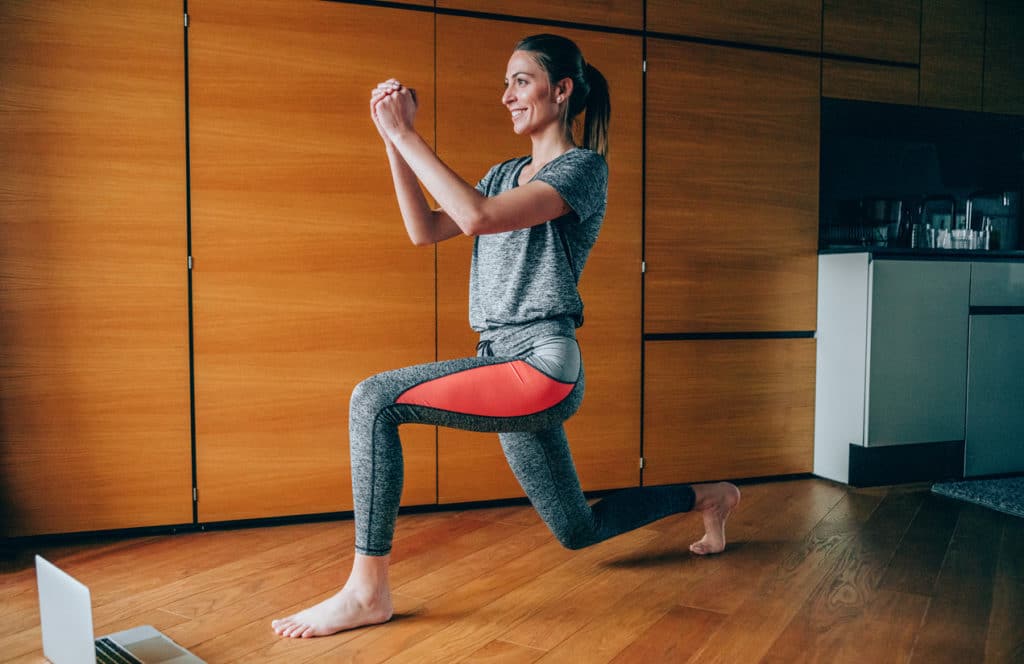
1. Lunges
Lunges increase strength in your legs and gluteus maximus. In other words, they’ll help you get sexy legs and buttocks. Lunges also challenge your balance and promote functional movement. Here’s how to do them.
2. Push-ups
Push-ups work out every part of your body. Do three sets of twelve three times per week. Before long, you’ll be really buff! If you struggle with doing actual push-ups, start out with modified push-ups. Read our exercise spotlight to learn the secrets behind a great push-up.
3. Bending Windmill Stretch
Bend forward, keeping your back straight. Then, reach one arm down and the other arm up as you twist your spine. This works out your core, your shoulders, your gluteus maximus, and your upper legs while giving you a great full-body stretch. Watch how it’s done here.
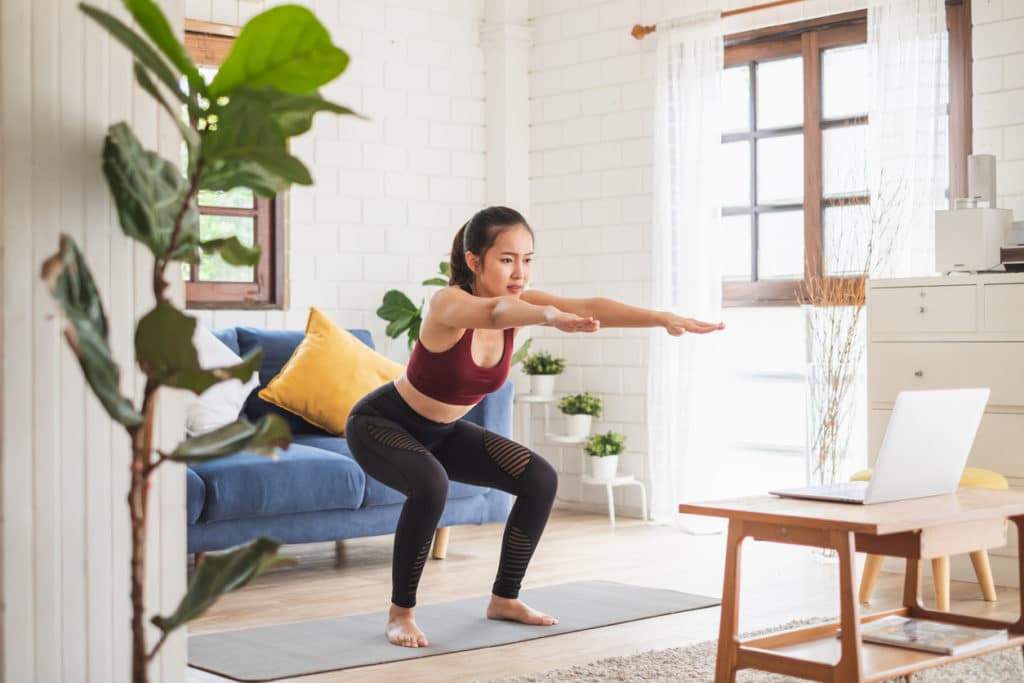
4. Squats
Doing squats strengthens your lower body and your core. It also increases flexibility in your legs and hips. An added benefit is that squats help you burn quite a few calories because they work out some of the largest muscles in your body.
There are several types of squats that you can add into any workout. See how to mix things up with your squats here.
5. Dumbbell Rows
This exercise strengthens multiple muscles in your lower body. Make sure that you are squeezing at the top of the movement each time. You will want to choose dumbbells with a moderate weight. See it in action here.
6. 180 Jump
Keep your heart rate up during your circuit with some cardio. Stand up. Jump as high as you can, while turning around. Jump again to face the other way. That’s one rep.
7. Arch Up
We have this exercise listed for kids, but it’s a good move for adults too! Lie down on your stomach with your arms by your side. Lift your head and arch your back off of the floor. Then, slowly roll it back down.
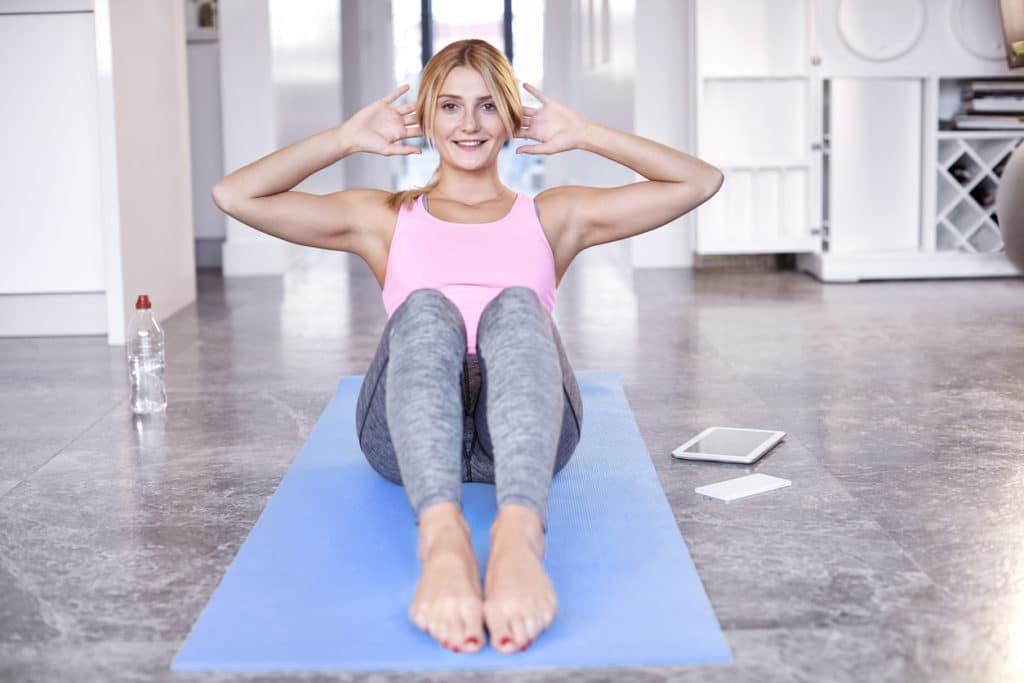
8. Sit-ups
Sit-ups are a convenient way to develop your abdominal muscles. Some may think sit-ups are too basic, but they are a very effective form of exercise. If you struggle with lower back issues, consider doing crunches so that you only have to lift your lower back and shoulders off of the ground. You can see different ways to modify sit-ups here.
9. Arm Raises
Work your arms without weights! Stand with your feet shoulder-length apart. Then, keep your hands at your side while your palms are facing forward. Raise your arms up and out to the side until they are at shoulder height.
Lower them to the starting position. It’s important to remember to keep your hips facing forward and your spine straight. Do not forget to keep your breathing fluid and constant. See how they’re done here.
10. Abdominal Stretch
This is a great way to end your circuit. Reach up as high as you can, and then push your hips forward slightly. As you lengthen the front of your body, you will feel the stretch in your stomach. It’s important to develop your core muscles so that you can maintain a good posture. See how to do it here.
Sworkit’s Focused Training Workout Collection
Workout in style with Sworkit’s Focused Toning collection. We offer a wide range of exercises to keep you happy and motivated. Getting fit doesn’t have to be complicated. You don’t need fancy workout equipment. Just bring yourself, some dumbbells, and a healthy dose of motivation!
It is important to practice self-care in many ways. Exercise is crucial for your physical health and overall wellbeing.
Do this workout routine two to three times throughout the week. Change it up daily with Sworkit’s Workout of the Day. Enjoy a healthy life, and start exercising today!
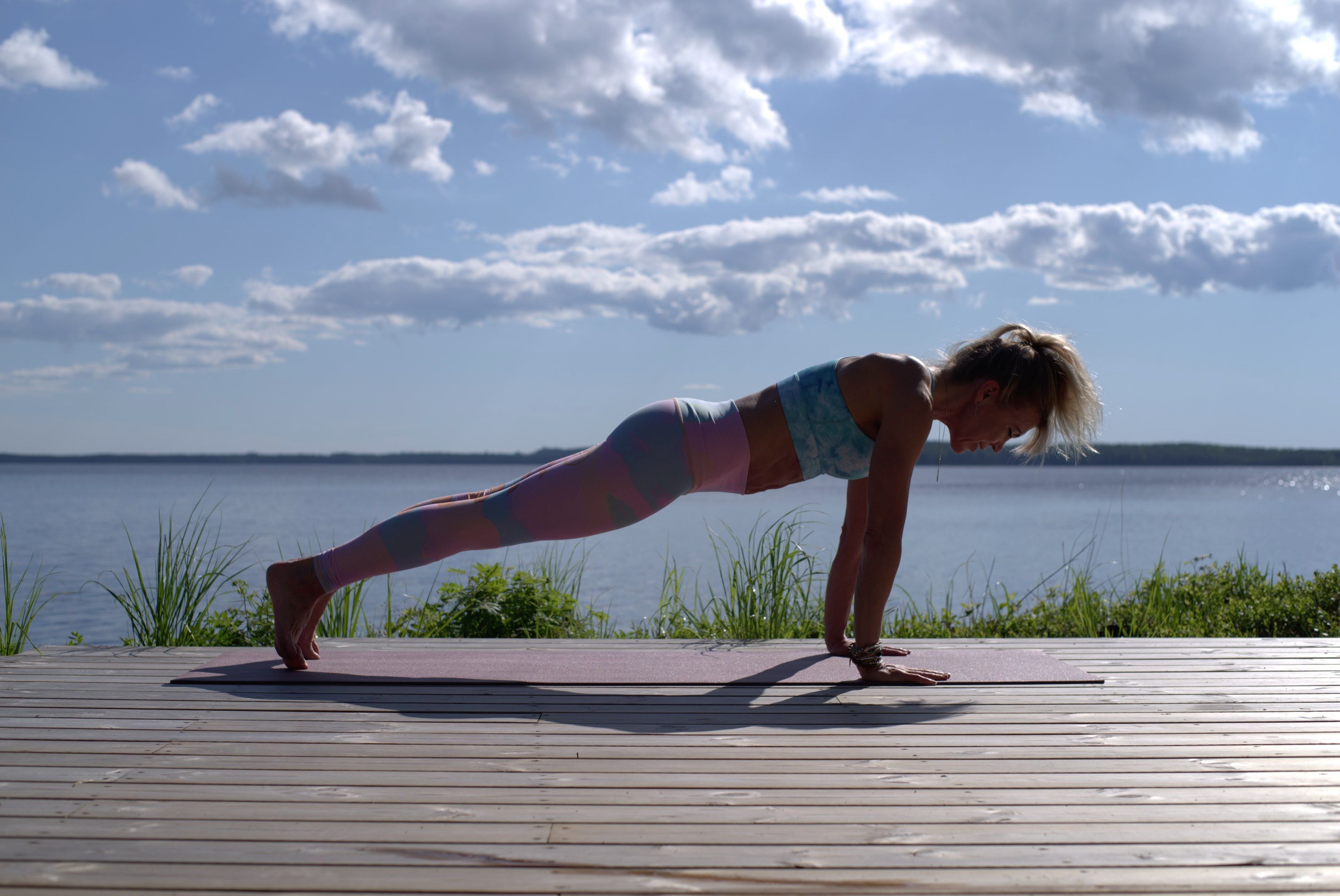
One of the most important things a trainer has to show their clients is the concept of body composition.
Daily use of body composition exercises is an excellent way to transform body shapes. In addition, it allows a person to get control of total body fat percentage by using a series of simple exercises.
Here are a set of simple body composition exercises everyone should know that transforms body shapes.
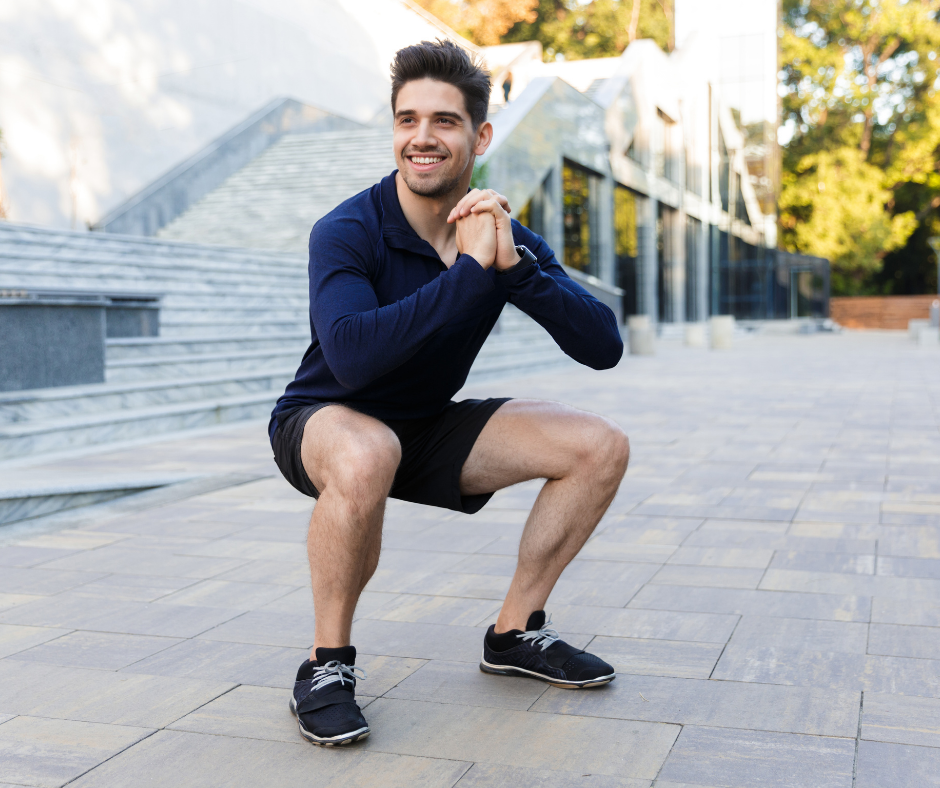
1. SQUATS
Squats have a great ROI. And you don’t need hundreds of pounds on the shoulders to see that. Squats are great for working the lower body.
Additionally, their simplicity often leads to unwanted results, such as injuring the back or knees. Many people do squats incorrectly. Often this leads to spraining, tenderness, and pain in the knee and ankle. But if done correctly, the squat sculpts the lower body perfectly.
Here are some tips on performing squats correctly:
- Stand with feet shoulder-width apart.
- Stretch arms out to the front.
- Slowly lower the butt like you’re sitting. Maintain your balance and don’t trip. Keep the back straight. As you bend, the knees should not be in front of the toes.
- As you drop, breathe out. Keep heels pressed to the floor. Thighs should be parallel to the floor. Toes, hips, and knees should point forward.
- Hold the position.
- Return to start position, breathing in.
- Clench the glutes.
A variation of the squat is performing it with only one leg.
- Stand in squat position but with one leg with the other leg extended out in front.
- Begin the squat, maintaining stability and balance.
- Keep the extended leg straight.
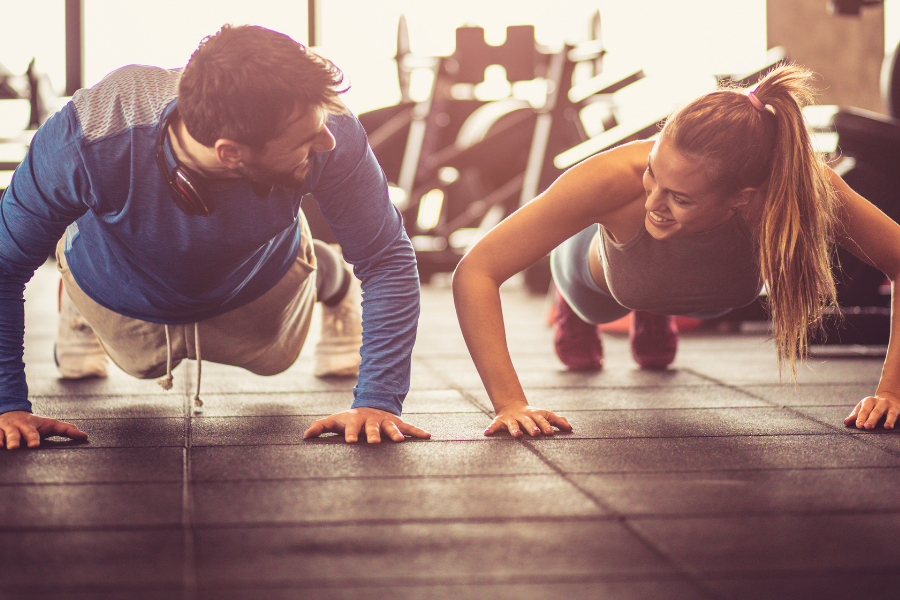
2. PUSH-UPS
The push-up is the most basic yet effective and most challenging exercise you’ll use. Body composition exercises require you to learn to balance and stabilize your body weight.
For this, the push-up is a perfect example. It can be difficult as it asks for control of a range of muscles.
With the push-up, you engage the legs, shoulders, chest, arms, and the all-important core. And like all of the exercises on this list, you can do push-ups anywhere.
Tips for performing a correct push-up:
- Kneel on the floor with the head facing downward. Press palms to the floor, keeping them beneath your shoulders. Keep arms fully extended and straight.
- Stretch your legs back. Your weight should rest on the balls of the feet. Keep the spine straight.
- Slowly begin to lower your body. Do not let your body touch the floor. Stop. Hold the position for a few seconds.
- Push back up. Throughout, the head should face downward.
- Do 10 reps. Then take a break and do another set of 10.
A beginner can start their push-up regimen with their knees on the floor. But it’s advised you work your way towards the standard push-up. Doing push-ups on your knees becomes effortless and offers nothing to fitness.
There are many variations of the push-up. Each one is challenging and attacks core muscles.
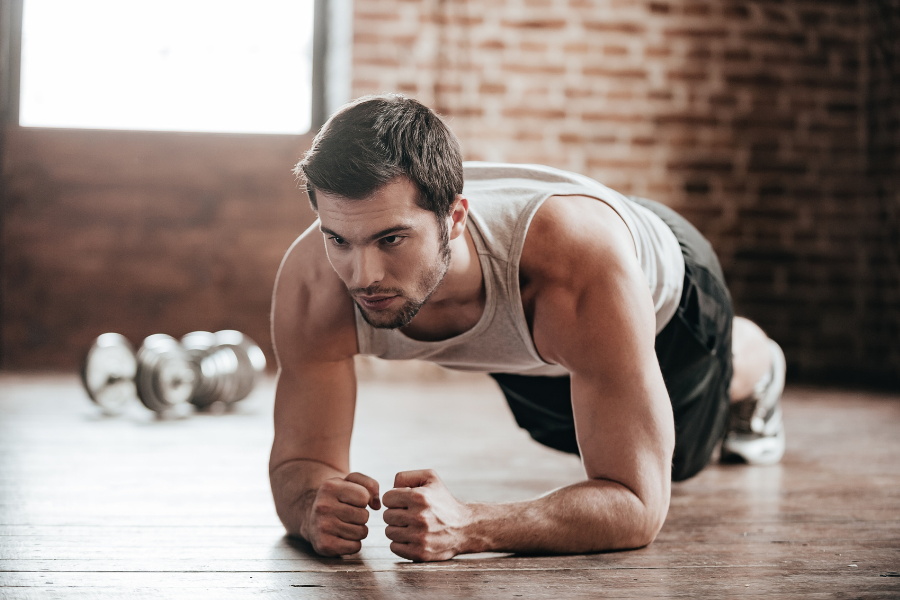
3. PLANKS
Excellent for home workouts, planks strengthen muscles and improve posture. They work the hamstrings, shoulders, glutes, and core.
The exercise is instrumental in the alignment of the spine. Fitness experts prefer planks to sit-up or crunch machines as those can gradually damage the neck and spine.
To plank correctly, follow these steps.
- Get on the floor.
- Align the hands with the shoulders, stretching them to the floor. Similarly, align the hips with your knees. (For beginners, instead of extending the arms, position yourself on your forearms.)
- The head should face the floor throughout.
- Stretch the legs, resting on the balls of your feet. Maintain a straight line from the head, spine, and ankles. Open the chest and lean the shoulders back. Pull in the navel, tuck the tailbone and chin and squeeze the glutes.
- Hold the position for 30 to 60 seconds.
- Repeat as often as you can.
VARIATIONS OF THE PLANK
4. HIP EXTENSION
Increase your stability and strength with a hip extension. You can perform these on your hand or forearm. You’re simply doing the plank with one side of the body.
Get in the plank position, put all your weight on one leg and one side. Contract the glutes, extend the hip, and raise the upper leg off the floor. Keep the alignment to avoid any arching in the lumbar. Then, extend the straight arm, keeping it aligned with the shoulders.
Hold the position for the desired time. You can do reps with the same side or alternate sides of the body.
5. SIDE PLANK
The slide plank strengthens the external and internal obliques and glutes. In addition, side planks work muscles that support the spine and pelvis.
Do the side plank with the hand or the forearm, using only one side of the body, like the hip extension. Maintain, as always, alignment, balance, and core stability.
You can either flex the bottom leg at the knee for better weight support. The other leg, with its foot on the floor, should be straight. Raise the hips to keep the line straight from shoulder to ankle.
If confident about core control and stability, straighten both legs, stacking them with hips lifted. For more support, place the top leg in front of the bottom, allowing the top heel to touch the toes of the bottom foot.
6. SIDE PLANK WITH HIP ABDUCTION
From a side plank, contract the outer hip and lift the top leg. Lift from the heel to activate the right muscles. Hold the position. You can also raise your arm toward the ceiling. This is an extreme challenge for the core and shoulder.
From a side plank, contract the outer hip and lift the top leg. Lift from the heel to activate the right muscles. Hold the position. You can also raise your arm toward the ceiling. This is an extreme challenge for the core and shoulder.
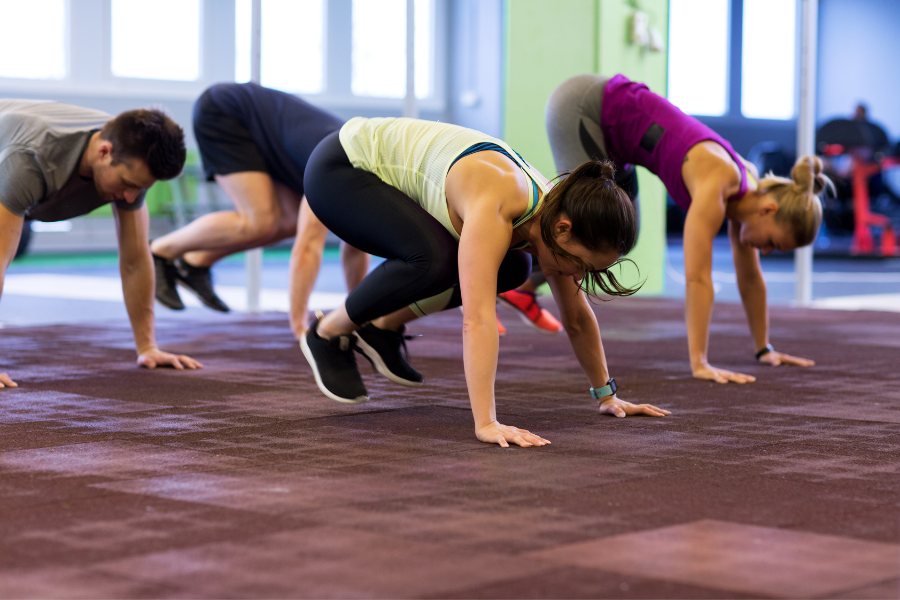
7. BURPEES
Burpees are one of the top body composition exercises out there. They make the heart pound and send the heart rate jumping quickly. Burpees are top-notch solutions for endurance, coordination, and power.
But they are challenging and, in the beginning, exhausting. The burpee combines the push-up and squat with a jump.
Burpees are often modified to align with specific fitness levels.
The basic sets for a burpee are:
- Stand with your arms at your sides.
- Drop into a squat.
- Proceed to drop into a high plank position.
- Perform a single push-up.
- Jump back to a standing position.
- Repeat several times or perform once, take a break and do another.
Depending on an individual’s fitness level, the burpee, in the beginning, can be exhausting. But if you wish to blast the muffin top, the burpee is a great way to go.
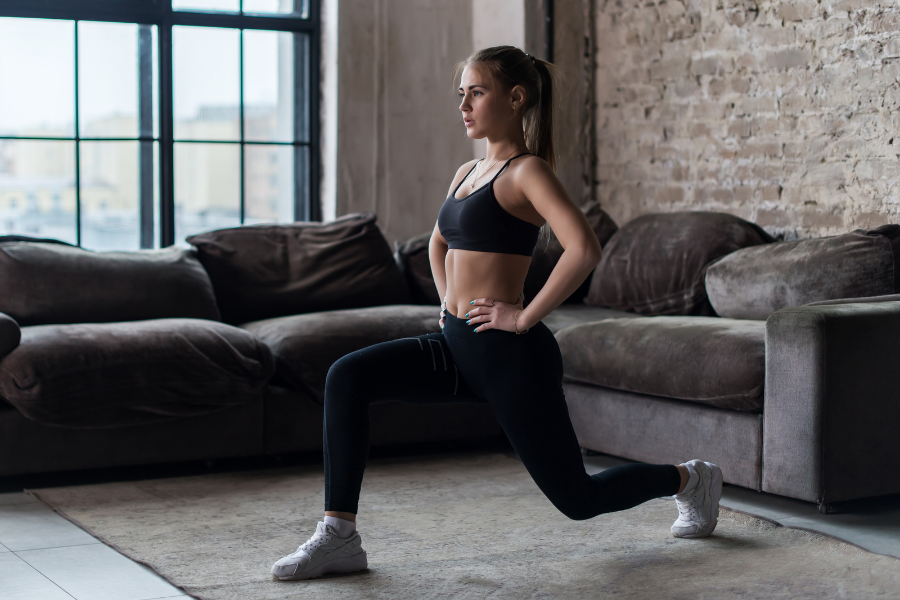
8. LUNGES
The lunge engages abdominal and core muscles. It builds stability and balance. With a powerful core, you can avoid lower back issues. Lunges also help improve posture, coordination, and balance.
Likewise, lunges support the strengthening of buttocks and legs while improving hip flexibility. The exercises enhance functionality and impact everyday, natural movement.
For lunges, keep these tips in mind.
- Stand, feet hip-width apart. Arms on the hips. Press feet firmly to the ground.
- Take a long, huge step forward. Lower your body slowly. Both knees should bend, but at not more than 90 degrees. Keep the front knee aligned over the front ankle.
- Do not let the knee touch the ground.
- Hold the position for several seconds.
- Return to the standing position.
- Do a set with the left leg, then perform a set with the right, or alternate between legs.
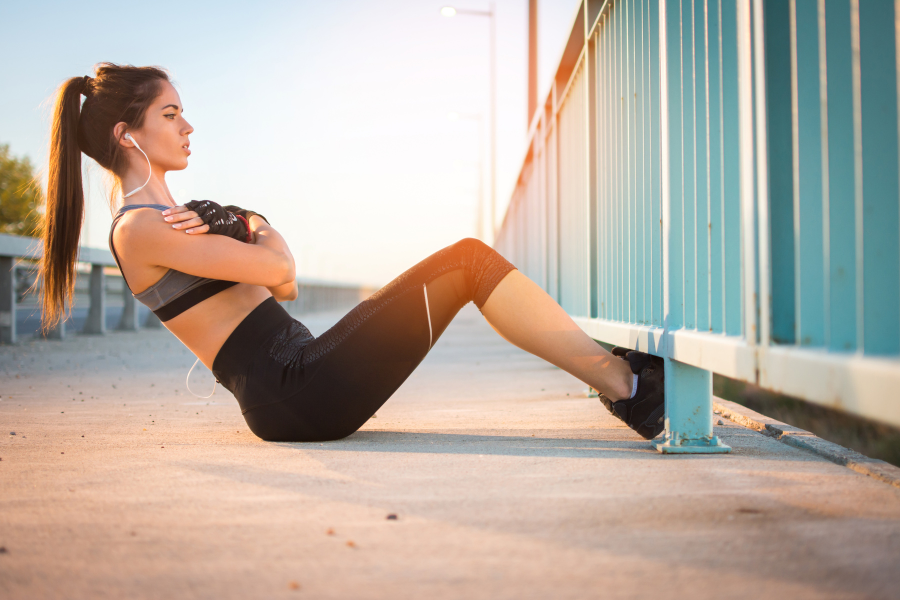
SIT-UPS AND CRUNCHES
Sit-ups and crunches also boost core strength. As they encourage intestinal function, sit-ups and crunches can also improve digestion.
There are easy variations (on an incline, while holding weights, etc.) that allow continued challenges to the core.
Do take note neither of these exercises specifically target fat. They simply work the abs and other muscle groups. These exercises help burn calories and improve the appearance without weight loss.
9. SIT-UPS
Sit-ups are a multi-muscle exercise. They not only make the core strong but potentially produce that six-pack everyone admires.
- Lie on your back.
- Bend at the knee, place feet on the ground to stabilize the lower body. Some may have difficulty coming up without weighing the feet down. One can do the exercise with a bar or dumbbell, the underside of a couch or armchair, etc.
- Either place hands behind the ears or cross them to opposite shoulders. (If hands are behind the neck, do not pull on the neck as you come up. Use the abs.)
- Curl the upper body, exhaling as you lift. Go all the way to the knees.
- Slowly lower yourself back as you inhale.
There are a variety of sit-ups you can add to your workout.
10. CRUNCHES
What separates the crunch from the sit-up is the former focuses only on the ab muscles. Another difference is when overdone, crunches can cause beginners severe back pain.
You may have read about celebrities doing 1,000 crunches at a time. Don’t bother. Stick to 25 to 30 reps a set and do several sets during a single workout.
- Lie on your back.
- Bend the knees to stabilize your body.
- Cross hands to opposite shoulders or place them behind the ears.
- Do not pull the neck as you engage.
- Exhaling, lift head and shoulder blades from the ground.
- Keep core tight.
- Inhaling, return to the lying position.
Like sit-ups, there are different ways to perform crunches.
In the end, exercise does not have to be a gym experience alone. Getting clients to see how they help themselves by working out any chance they get is not simply good for fitness.
It’s good for mental health as well. And the confidence gained will encourage greater diligence when clients see their trainer!











































:max_bytes(150000):strip_icc():focal(749x0:751x2):format(webp)/Christianna-Apps-5-121825-ae06cb988405460987109364d7c522c3.jpg?w=1200&resize=1200,0&ssl=1)